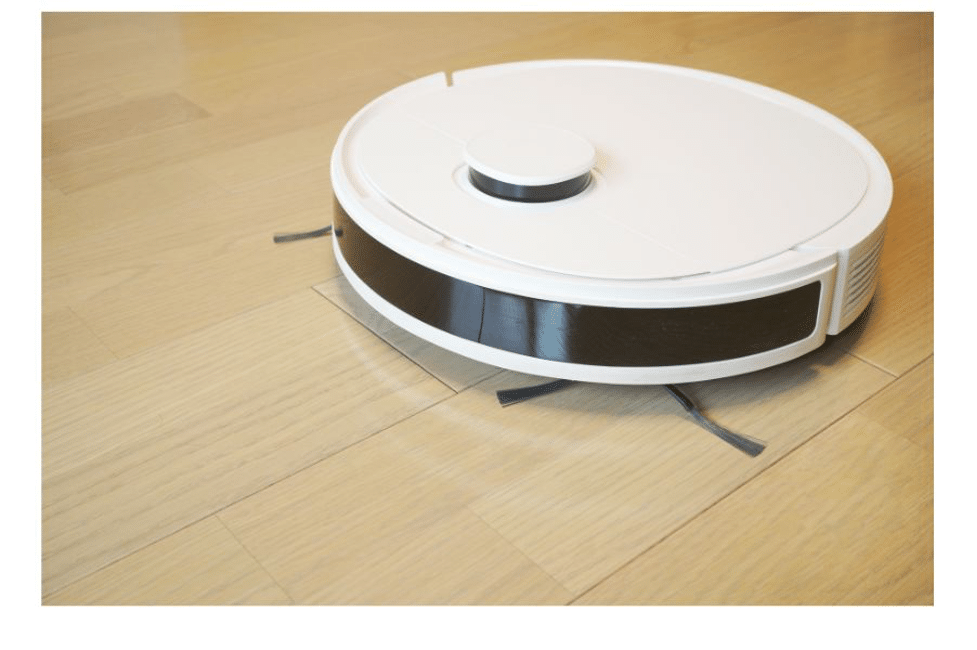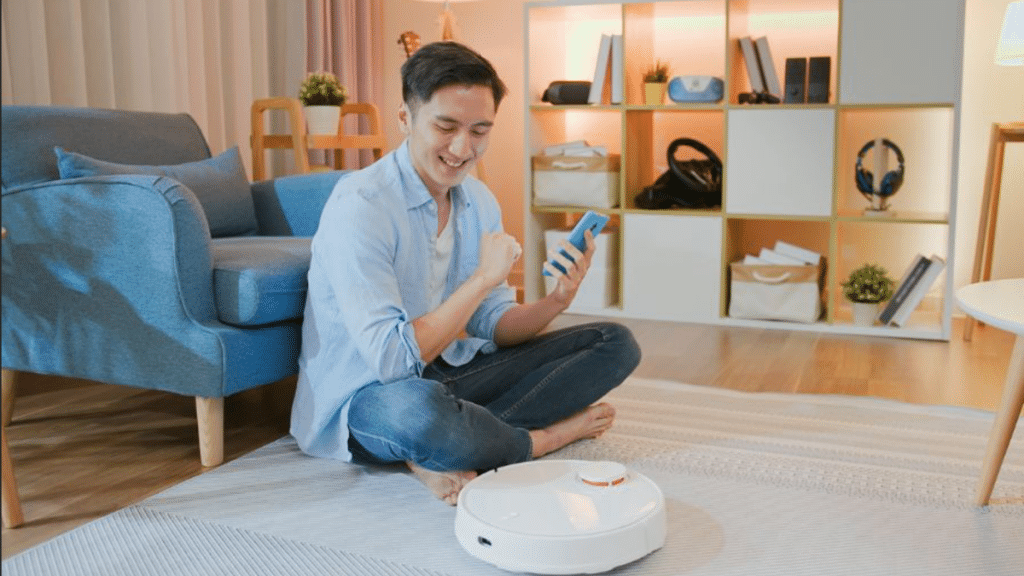The rise of smart home technology is changing how we live and spend time at home, making daily chores more efficient and less time-consuming. In fact, a recent study showed that about 37% of Americans were considering investing in smart home technology as of 2024 (source). Households own at least one smart home device and smart thermostats, smart cameras, or smart lights are becoming household staples. However, there are more smart devices that can be used when at home, and robot vacuum cleaners are definitely one of the most popular.
These autonomous cleaning robots are transforming how we approach household cleaning, offering convenience and efficiency, allowing us to spend more time doing things that matter.
Are Robot Vacuums That Useful?

Keeping your home tidy can be a hassle, especially if you have a family, pets, and a busy work schedule. Floors quickly accumulate dirt, debris, and pet hair, making constant cleaning a necessity. Robot vacuum cleaners can take this burden off your shoulders. With programmable schedules, these smart devices can clean your rooms even when you’re not home, ensuring you always return to a clean house.
Equipped with advanced sensors and mapping technology, they navigate around obstacles and reach tight spaces, cleaning better than manual methods. Modern models integrate with smart home systems, allowing control via Amazon Alexa or Google Assistant. This means you can set up automatic cleaning schedules and manage your vacuum with ease, adding convenience and keeping your floors spotless.
One significant advantage of robot vacuums is their ability to operate autonomously, freeing you from the mundane task of daily vacuuming. The combination of cutting-edge technology and user-friendly features makes robot vacuums an excellent addition to any household, simplifying the cleaning process and giving you more time to focus on what matters most.
How Do Robot Vacuums Work?

Smart robot vacuum cleaners might seem like magic, but they rely on sophisticated technology like advanced sensors, including infrared, optical, and even laser sensors, to detect furniture and navigate efficiently around your home:
- Infrared sensors help detect obstacles by bouncing signals off nearby objects.
- Optical sensors use cameras to capture images of the surroundings, assisting in navigation.
- Laser sensors, often part of LiDAR (Light Detection and Ranging) systems, provide precise measurements of distance and shape, enabling the robot to create detailed maps of your rooms.
Indeed, they can map out the layout of your rooms, learning where furniture and other obstacles are located to avoid collisions, ensure thorough cleaning, and avoid damaging your lovely furniture and decoration.
To clean well, robot vacuum includes various brushes and a strong suction power, which is quite useful in case you have carpets and rugs. Most models have side brushes to sweep dirt and debris towards the main brush roll, which then lifts the dirt into the vacuum’s suction path.
Navigation and obstacle avoidance are critical features for smart vacuums. Nowadays, such premium devices are powered by AI and algorithms that learn your home and cleaning habits to determine the most efficient cleaning routine, ensuring they cover the entire floor area without missing spots. They can also detect and avoid obstacles like furniture, cords, and even stairs, thanks to their cliff sensors that prevent them from falling off edges.
On the other hand, more affordable devices exist, which are less smart but still effective. Bump and run robot vacuums use simple sensors that detect when the device bumps into an object. When a collision is detected, the vacuum changes direction and continues cleaning. This method is straightforward but can be less efficient since it relies on random movement patterns, which might miss some areas.
What Are The Differences With Traditional And Robot Vacuum?
Traditional vacuums, such as upright and canister models, require manual operation. Users need to push them around, maneuver into tight spaces, and frequently change outlets due to the cords. These tasks can be time-consuming and physically demanding, especially for those with larger homes or mobility issues.
Robot vacuums, on the other hand, offer benefits in terms of convenience and automation. One of the main benefits of robot vacuums is their ability to clean autonomously. For instance, if you have a hectic morning routine with children running around, a robot vacuum can take care of the living room while you prepare the kids for school. Pet owners will also appreciate how a robot vacuum can keep up with daily pet hair shedding, ensuring your floors stay clean without the need for daily manual vacuuming.
Moreover, many modern robot vacuums come equipped with advanced features like self-emptying dustbins, which further reduce the need for user intervention. These devices can automatically return to their docking stations, empty their dustbins, and continue cleaning, making them highly efficient for maintaining a clean home with minimal effort from the user.
